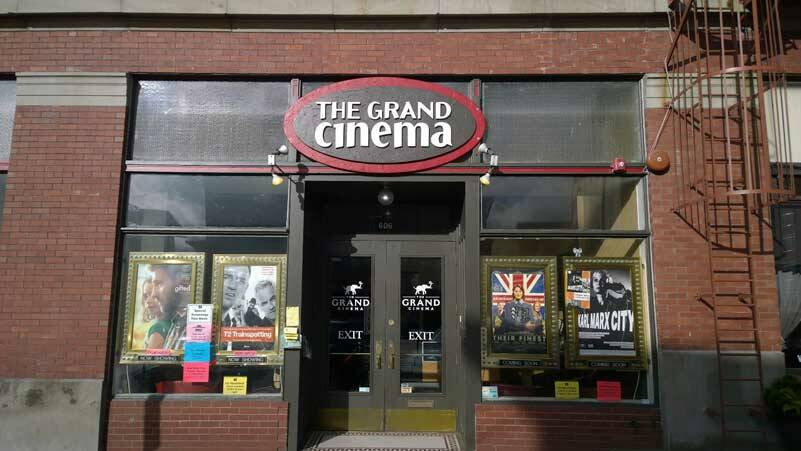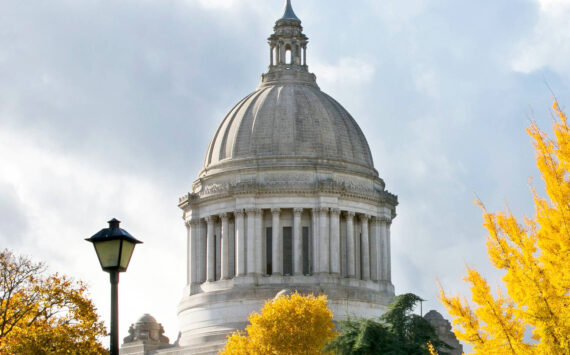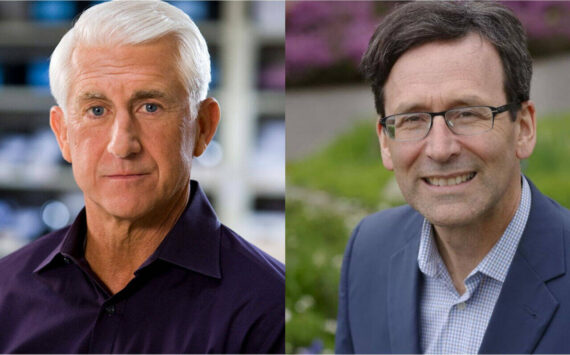By Morf Morford
Tacoma Daily Index
If you read almost anything, on almost any topic, in current news, you can’t avoid the adjective “big” in front of virtually any category; “Big business”, “Big Tobacco”, “Big Pharma”, “Big health care” and of course, “Big tech” and “Big government”.
The premise is simple; these companies, or this coalition of companies and agencies has (or is working toward) near, if not total, control over markets, regulations, even, according to some, behavior and weather.
How much we believe any of that, or how we should respond, is the back story of much of the chatter across social media – if not everyday conversations.
All this talk of “big” everything is relatively recent.
A generation ago, a patient might have the same doctor or dentist for much of their life.
The local hardware store or restaurant would be owned and operated by people who lived in our own neighborhood.
Even nationwide broadcast television and radio programs presumed and emphasized local ownership and operation of neighborhood markets and schools.
We all lived, we assumed, in the United States of Mayberry, where everyone knew, and for the most part, trusted each other, and as Garrison Keillor put it, all the children were above average.
And then, suddenly it seemed, our neighborhoods and our national economy were taken over by national, if not global chains, controlling every aspect of our lives from hardware to fast food.
And, far from trusting everyone, we trust almost no one. Who among us trusts the government, the media, our doctors, our educational system or even, all too often, those we work for?
Who among us feels appreciated by and treated fairly by those who employ us?
Knowing and trusting, and feeling connected with those who work alongside us is an alien sensation for most of us – especially younger workers.
Back in the early days of the pandemic, a common refrain was “We are all in this together”.
As the pandemic – and its repercussions – dragged on, it became ever more evident that some rules and restrictions – and opportunities – were more tangible and immediate to some than to others.
Pay dropped and careers abruptly ended for some.
Other areas of the economy exploded and prospered like never before.
And the rules kept changing; medical staff, heroes a few months ago, have become vilified and many have been forced, for opposite reasons, to leave their positions.
School teachers are glorified one day and demonized the next.
And we can’t decide if we should love or hate the richest among us – like Elon Musk or Jeff Bezos.
Make America Local Again?
In Washington state, almost half of the restaurants are owned and operated by women or minorities.
I don’t know if the other half is one of the immediately recognizable fast food chains, but it certainly seems easy to believe.
But what about other entire categories of local business from construction to banking to plumbing to healthcare?
Local dollars stay in the community.
There have been a variety of studies that track how dollars remain, or even multiply, within local economies, but the bottom line is that locally spent dollars linger in, and certainly support local businesses.
There have even been studies of the mental health attributes of “knowing”, even on a cursory level, local people we interact with as we do routine activities like grocery shopping or walking in the neighborhood.
Being known and recognized, and knowing who belongs, has a lot to do with neighborhood safety and identity.
Being essentially on lock down for almost two years or so, has, for better or worse, forced many of us to take a closer look at the resources and possibilities – and, for many of us, the needs, right next door.
Oddly enough, in this confined time, the idea of blockchain has emerged.
You might not think of blockchain as local, and it certainly doesn’t need to be, but its underlying principle is the same dynamic as a solid and secure neighborhood.
Blockchain works because each “link” in the chain, each decision point, must be approved by a majority of stakeholders – those who know and care and are paying attention to what is being considered.
As Jane Jacobs insisted, a “safe” neighborhood is not one with armed guards or visible security systems, but instead is a neighborhood with lots of windows – many “eyes” on the streets. The more “eyes” and stakeholders, the better.
These “eyes” of course, are actual, or even potential, literal eyes of neighbors watching, or even just glancing, but catching every stranger, every discrepancy, and of course, every cry for help.
This is the fabric of a reliably safe neighborhood.
The same principle holds true in any business or relationship – the more hands, the more voices and the more eyes on any given situation, the safer and more stable that system will be.
Any given economy have thousands of moving pieces, a local economy has a more human, less industrial scale and, more importantly, is more familiar and more comfortable.
In times of shared difficulty, if not stress, like the past year or so, that familiar glance or look of recognition is beyond any measurable value.
Shopping local has financial meaning, but the larger meaning is the sense of belonging, recognition and support we physically show our neighborhoods and local business districts.






